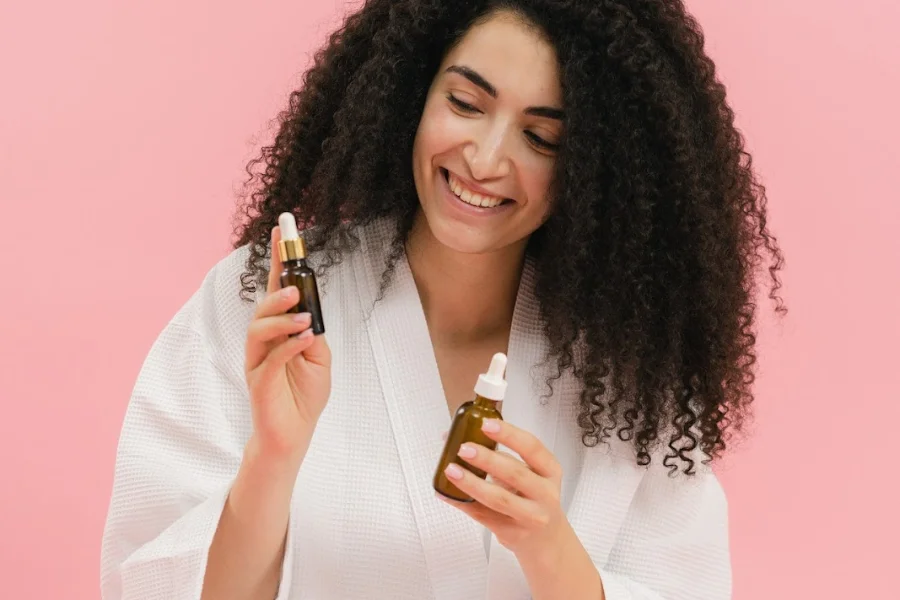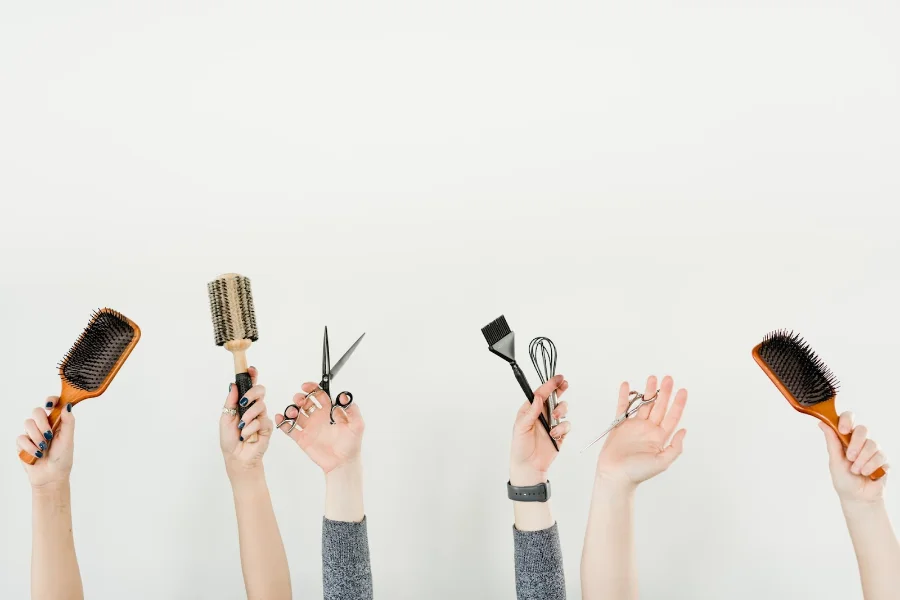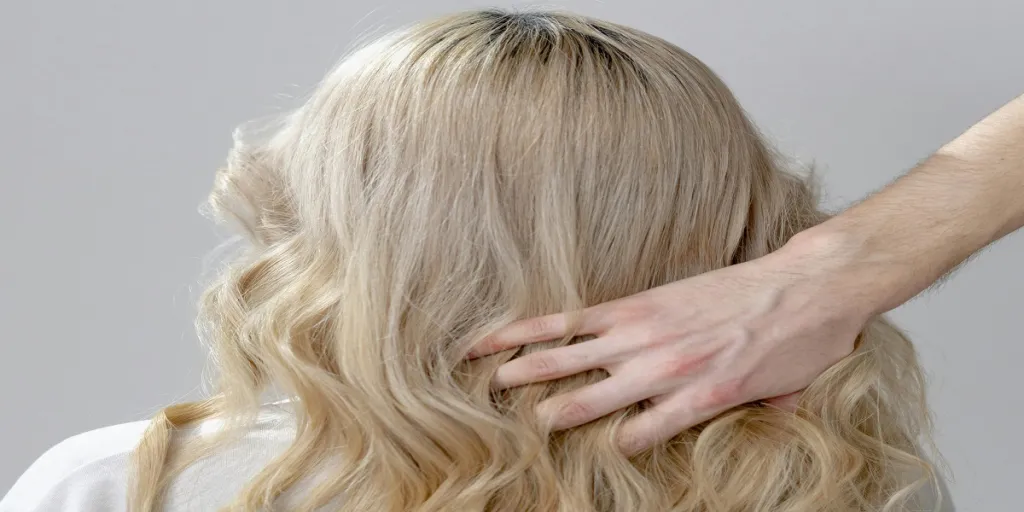As more people become aware of the importance of hair health, many are turning to remedies inspired by traditional haircare rituals, such as J-haircare. The demand for products with nourishing ingredients and gentle formulations is very high. Keep reading to learn how to take advantage of emerging opportunities in this market.
Table of Contents
The flourishing Japanese haircare market
5 top J-haircare trends
J-haircare trends in a nutshell
The flourishing Japanese haircare market
J-haircare is regarded as the market leader for hair care in Asia, and its presence is increasing in other countries too, thanks to the growing interest in hair health among consumers. Its popularity among western consumers can be seen on TikTok, with hashtags like #JapaneseHaircare gaining 1.9 million views.
One of the reasons why J-haircare appeals to shoppers is because of its simplicity and gentleness, along with its wellness-infused properties, backed by science and technology that deliver quality results.
The forecast predicts continued growth with expanding opportunities for domestic and international markets. The J-haircare market was valued at US $1.7 billion in 2023 and is expected to grow at a compound annual growth rate (CAGR) of 2.63% between 2023 to 2027. APAC is predicted to be the largest haircare market by 2024, reaching US $38.4 billion.
This article examines the key features of J-haircare and highlights the opportunities for brands in this space.
5 top J-haircare trends
1. Scalp health: skin-first approach
Many consumers will take a skin-first approach, swapping products with harsh ingredients for milder alternatives that nourish the scalp. Japanese haircare uses gentle formulas in all their products, regardless of the consumer’s hair type or age. For instance, the products may contain natural botanical oils that soothe and nurture the scalp.
Products for oily scalps are formulated with unique moisture-absorbing properties to regulate sebum production. A popular Japanese hair serum for oily scalp contains a moisture-locking formula that aims to balance the moisture level rather than stripping the oil. Most of the ingredients used in such products are organic, sulfate-free, and intended for use by the entire family.
Other brands incorporate centuries-old Japanese beauty traditions into their haircare, such as probiotic-rich sake water and willow bark extract, both of which have been shown to improve blood circulation and promote hair growth. Others provide personalized services such as a combination of shampoos, oils, and creams to meet unique hair needs.
More brands can capitalize on this trend by incorporating native Japanese ingredients and pantry staples with beauty benefits such as sake, sesame, soybeans, and ume in their products.
2. Easy and minimalistic hair care solutions
Multifunctional products with fuss-free applications will appeal to consumers seeking quick and convenient solutions. This will include leave-in hair masks and hair repair oils that can be washed off immediately to get salon-like results. For example, one Japanese brand sells a two-in-one conditioner and hair mask with a 5-minute leave-in time.
More consumers will adopt a “skinimalist” approach, seeking all-in-one treatment options. Many well-known brands are responding by offering spray-on lotion that instantly revitalizes the scalp. Some offer exotic lavender and peppermint oil that simulate the feel of shampooing. Additionally, root touch-ups to cover gray hair on the go are also popular.
Brands should prioritize ingredients that restore the texture of damaged hair caused by UV rays, perming, and dyeing. They can incorporate rich ingredients such as argan and camellia seed into their formulas. Brands should also ensure that their products integrate seamlessly into consumers’ existing routines, taking into account wait time and location.
Furthermore, many J-brands are specifically designed for Asian hair and should broaden their range to accommodate different hair types such as afros.
3. Harnessing ancient hair rituals

One cultural phenomenon in Japan is the preference for long bathing routines that aid in relaxation. This routine entails applying scented oils to the hair for a calming effect. Many brands are capitalizing on these rituals by offering a line of creams and shampoos inspired by the concept of Japanese forest bathing. The products are intended to evoke imagery of forests, which it is sourced for their therapeutic properties.
Taking inspiration from Japanese hot springs, many brands offer haircare with onsen water, which is rich in nutrients and treats the scalp. Additionally, customers can purchase hair brushes that mimic acupressure massage. Users can choose how much pressure to apply to their scalp to maximize relaxation. These products also come with warming serums designed to stimulate blood vessels on the scalp.
More brands outside of Japan can draw inspiration from such Japanese regional rituals and modernize them to meet modern consumer needs. They can add natural ingredients like local flora or conventional medicines to their hair formulations to provide consumers with safe, gentle products that promote hair growth. However, brands must ensure that native ingredients are sourced responsibly and ethically.
4. Solutions for the aging population
Japan has one of the world’s oldest populations, with the elderly constituting a sizable portion of its customer base. As a result, there is a huge market demand for anti-aging products, with even younger consumers showing interest.
Many people experience age-related issues such as hair loss and thinning hair. According to Recruit Lifestyle, 30% of people are anxious about hair loss and 20% are taking preventive measures. Brands can cater to this underserved market by providing a range of products with gentle formulations that help users embrace gray hair.
Brands offer shampoo, conditioner, and treatment cream that gradually dye hair brown or black over time. POLA, for example, provides hair treatment shots containing hydrating ingredients such as collagen, amino acids, ceramide, and ginseng to help nourish the scalp of the elderly. Other brands sell hair sprays that can instantly cover bald spots and cover up gray hair.
5. Salon-like services at home

Japan is world-renowned for its dedicated salon services, and many brands are capitalizing on this by offering products that provide salon-like services at home. These products or gadgets are designed to replicate salon results at home for a fraction of the cost.
Consumers can now buy devices that deliver spa-quality J-treatments at home. One such product is ReFa’s BeauTech which provides scalp massages designed to mimic the feel of a beauty aesthetician’s thumbs. Such products are waterproof, easy to use, maintenance-free, and relatively cheap.
Brands have invested in R&D to develop patented LED combs that use ionic pulses to eliminate static electricity and restore the ion balance of hair. These products are designed to smoothen damaged hair and add moisture. Furthermore, hair dryers equipped with advanced technology that prevents hair from drying out and minimizes hair damage are also making waves in the market.
Another popular trend in Japan is hair balm for men with permed hair. They are formulated to support chemically treated hair and contain ingredients like jojoba and argan oil which are known for their hydrating properties, while the wax enables users to create the desired hairstyles.
J-haircare trends in a nutshell
Because Japan has a larger presence of Gen X and boomers with high spending power, brands must prioritize their demands and offer products specifically tailored to their needs, such as anti-aging products.
As more consumers become invested in skin care, brands must invest in wellness features such as SPS for scalp protection and hydrating hair oils that relieve stress.
Brands investing in J-beauty should incorporate the essential principles of J-haircare into their products, which are simplicity, gentleness, and efficiency, all supported by science and technology.
As the cost-of-living crisis worsens, brands should invest in products that provide salon-like services at home for a fraction of the price.




